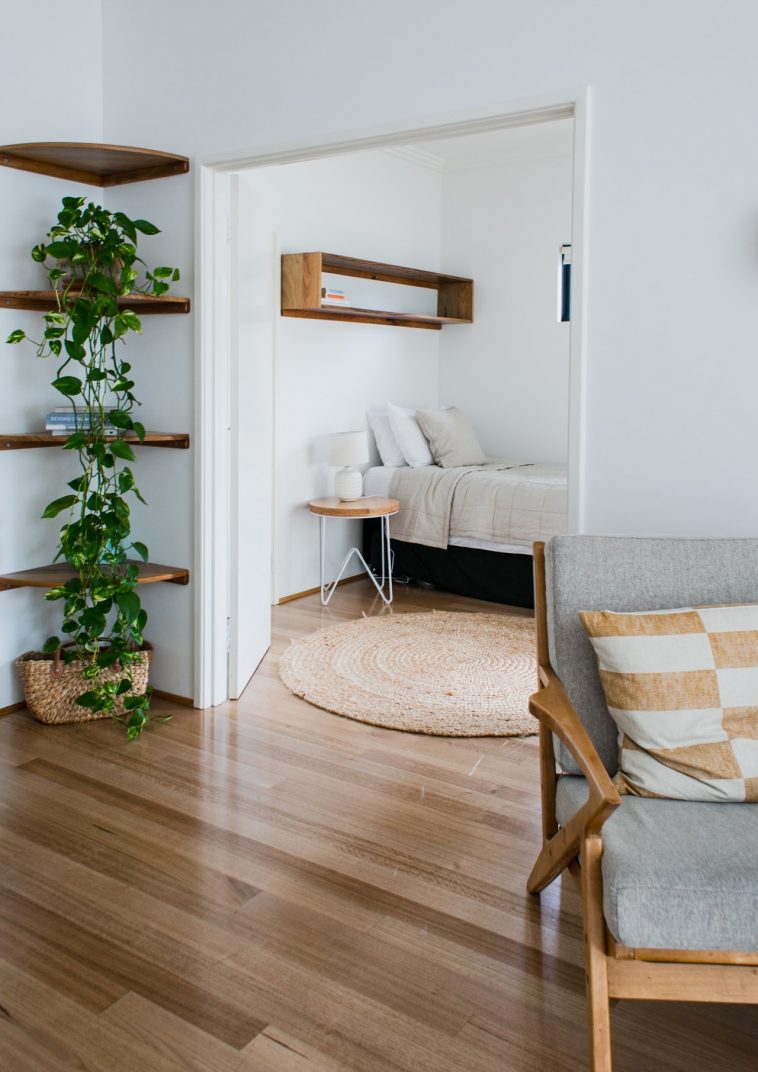Summer tends to be sweltering hot in the Philippines, and instinctively, we look to easy, actionable tips for cooling ourselves down like water intake and what fabrics to wear. But one crucial thing that is often overlooked is how a home’s setup can impact heat inside it.
And while most of us are cooped up at home, why not try this pro design tips to keeping your home cool and breezy?
Keep the bed low.
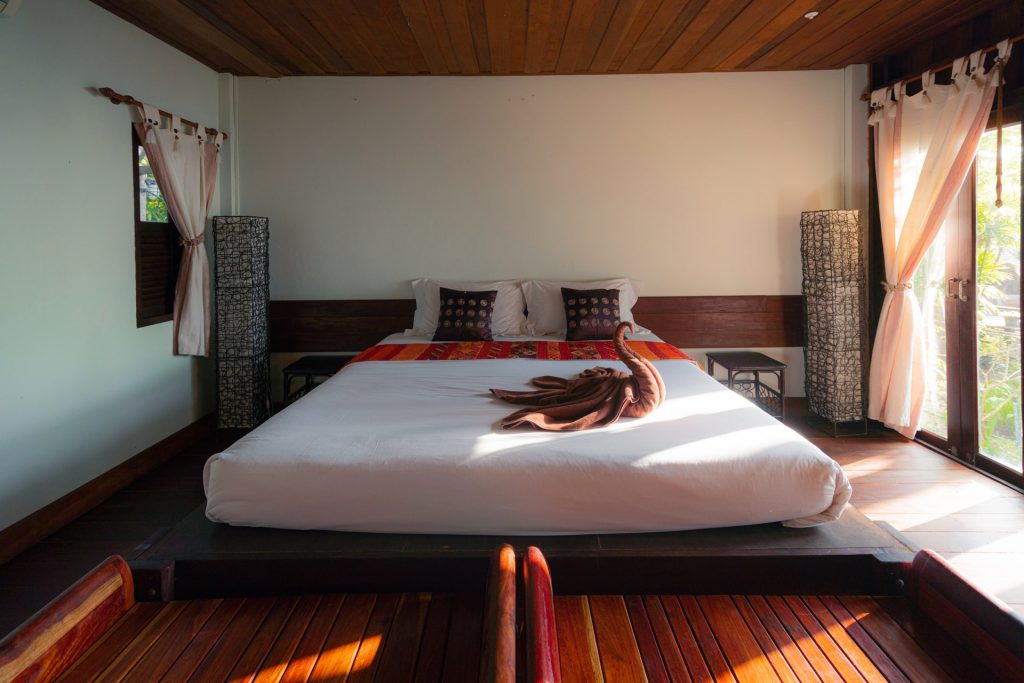
Hot air expands and becomes less dense. This is why warm air floats above cold air (which is denser, and thus sinks to the ground). Keep your bed as close to the floor as possible (think floor beds or just a mattress on the floor). This is specially helpful if you have a low ceiling at home.
The sheets matter.
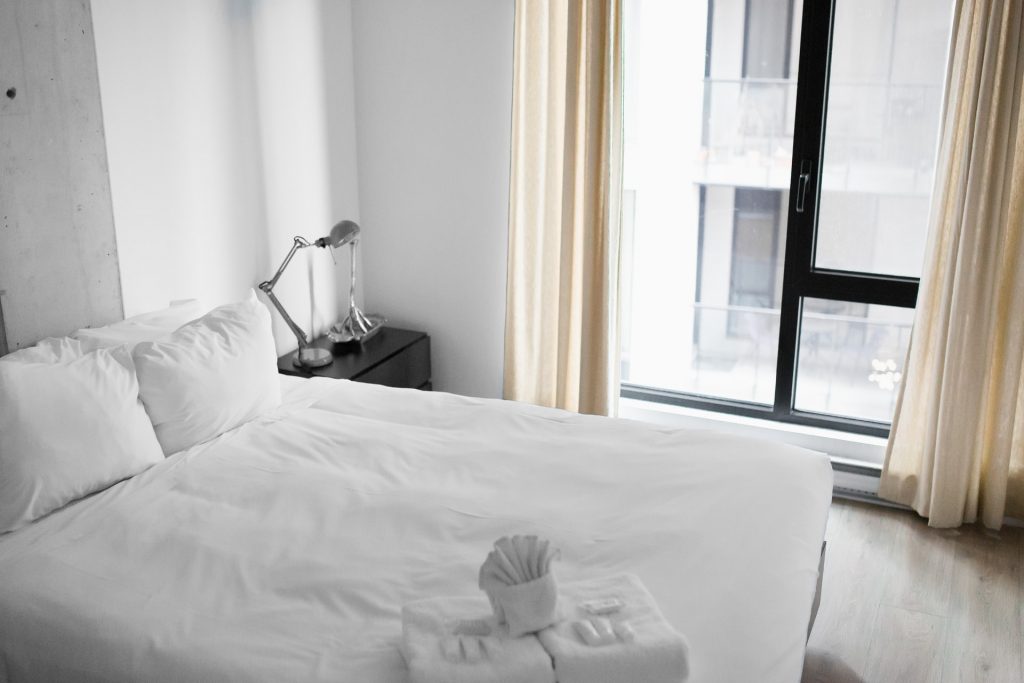
Avoid using fuzzy sheets (like comforters) and sheets made with rayon. Silk and satin may also seem soft to the touch, but they are prone to trapping heat. Breathable fabrics like cotton and bamboo are preferable.
Opt for light-colored sheets too. Unlike dark-colored sheets, they reflect light and are thus cooler.
Keeping natural light in is not always a good idea.
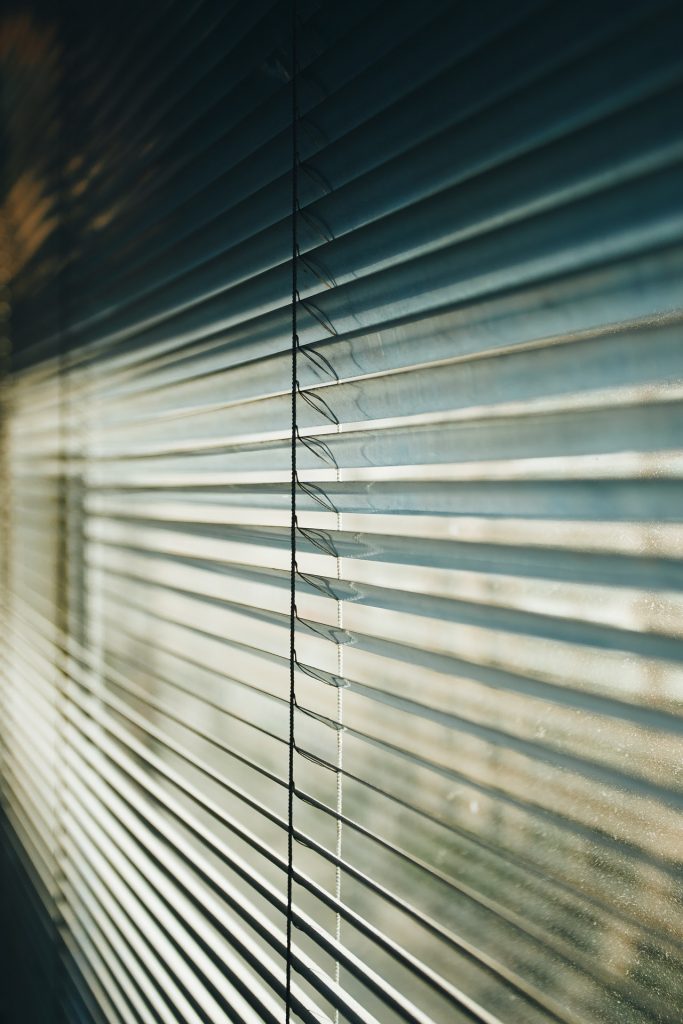
During hot summers, you might be tempted to open all your windows wide open throughout the day, but professionals contend that this may sometimes actually be counterproductive. Too much natural light invites heat in during the day and keeps it in until nighttime.
During noons and the hotter times of the day, pros suggest instead shutting the blinds to shut heat out and keep the home cool.
Change your light bulbs.
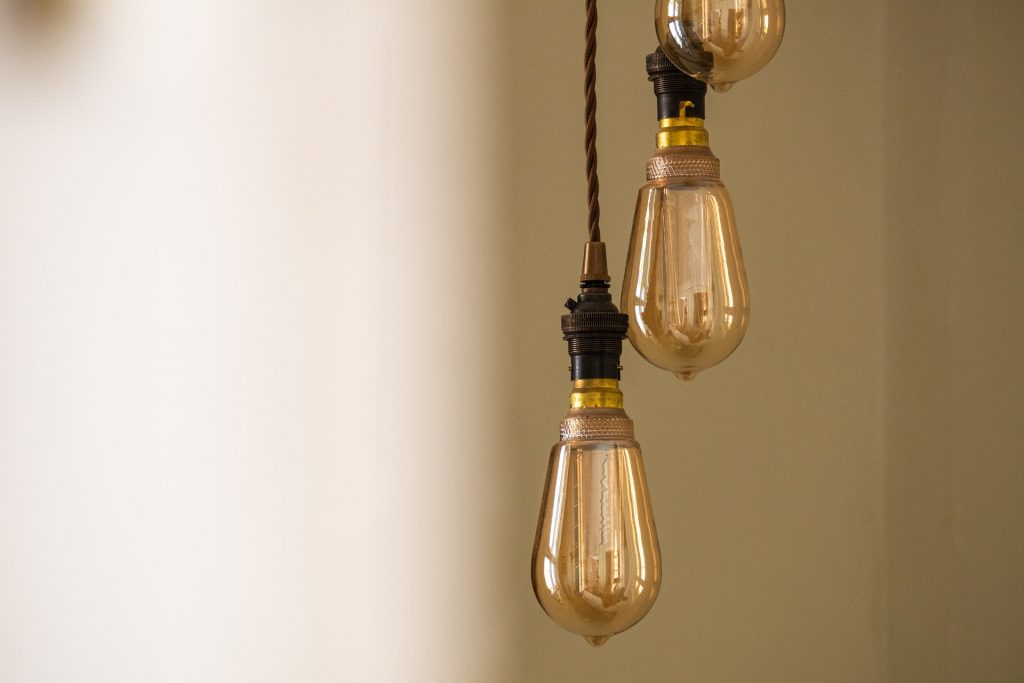
While all light bulbs do emit heat, compact fluorescent bulbs and LED bulbs emit much less than normal incandescent bulbs. Switch to these babies, but make sure to also use them less whenever possible to keep heat at a minimum inside your home.
Repaint the walls and your roof.
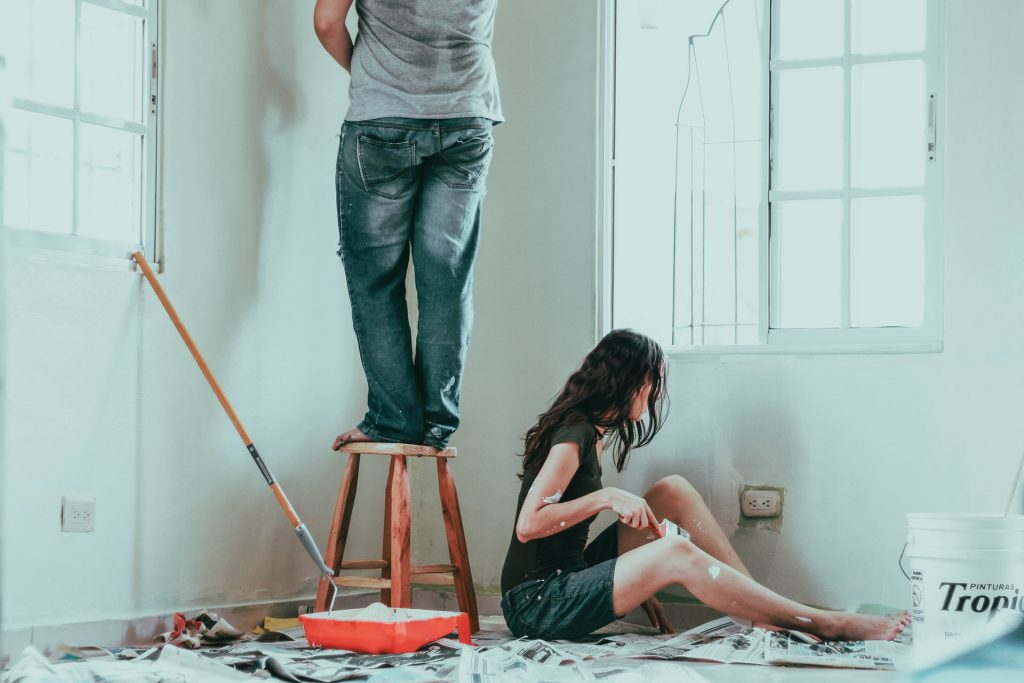
Have you ever wanted to try a new shade on the walls? Now you have another reason to do so. Light-colored walls reflect sunlight and do not absorb as much heat as dark-colored hues.
The same also applies to your house’s roof. Dark roofs retain heat and can be 12 degrees Celsius hotter than the real temp outside. An easy fix is to paint the roof white (or a shade that’s close to white) during the summer to prevent heat from sinking into your home.
Go for ceiling fans.
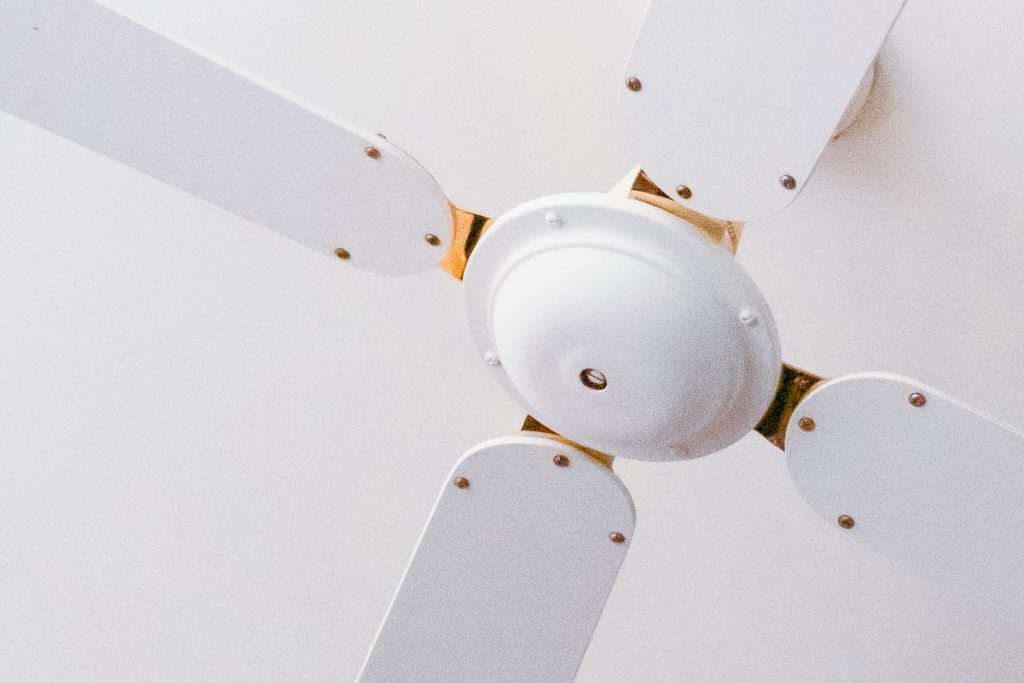
Let’s face it: air conditioning is great, but it’s also an expensive investment. A good alternative would be to install quality ceiling fans at home. They are particularly beneficial in high-traffic areas like the living room and kitchen. Choose fans with three or four blades – the fewer blades the more efficient that are steep versus blades that are flat.
Make sure to clean and oil them regularly to keep the efficiency at max level.
Skip paving.
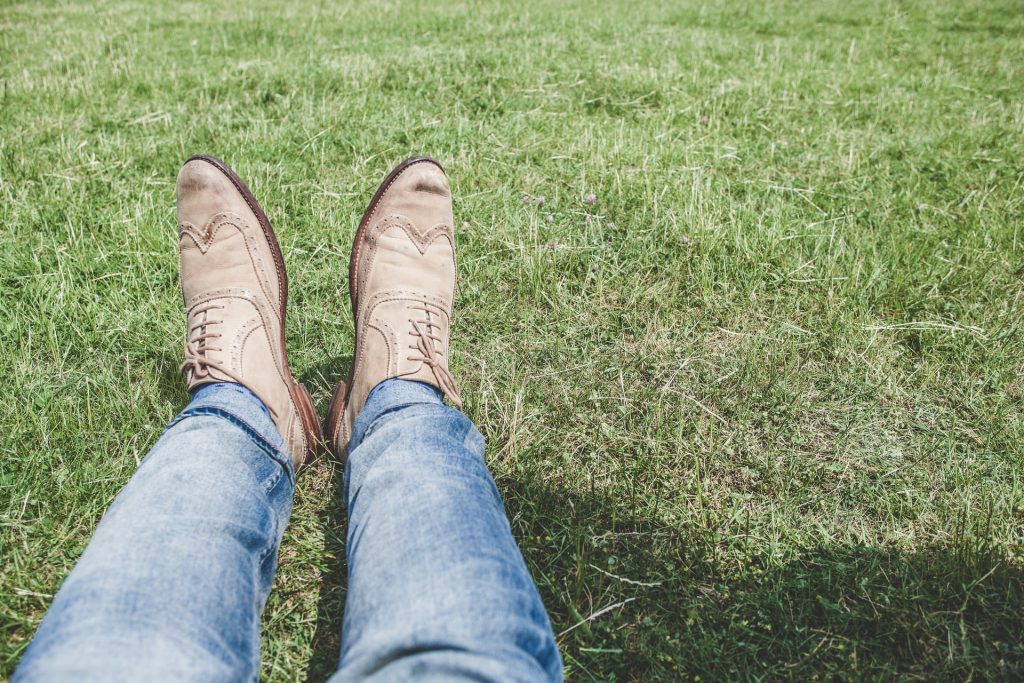
If you have extra space in your yard, you might want to hold off on having it cemented. Natural earth absorbs less warmth than cement, and is also great for absorbing water during the rainy season.
Plant trees.
Trees are truly a lifesaver. Not only do they absorb warm gases and give off cool air, they’re also great for providing shade in your home. If you don’t exactly have space for cultivating trees directly into the soil, you might want to consider planting one in a huge pot. There are plenty of native trees that you can plant in pots like bitaog, katmon, mali-mali, botong, ylang ylang, and salimbobog, which is probably the closest we have to Japan’s sakura tree in terms of appearance.



